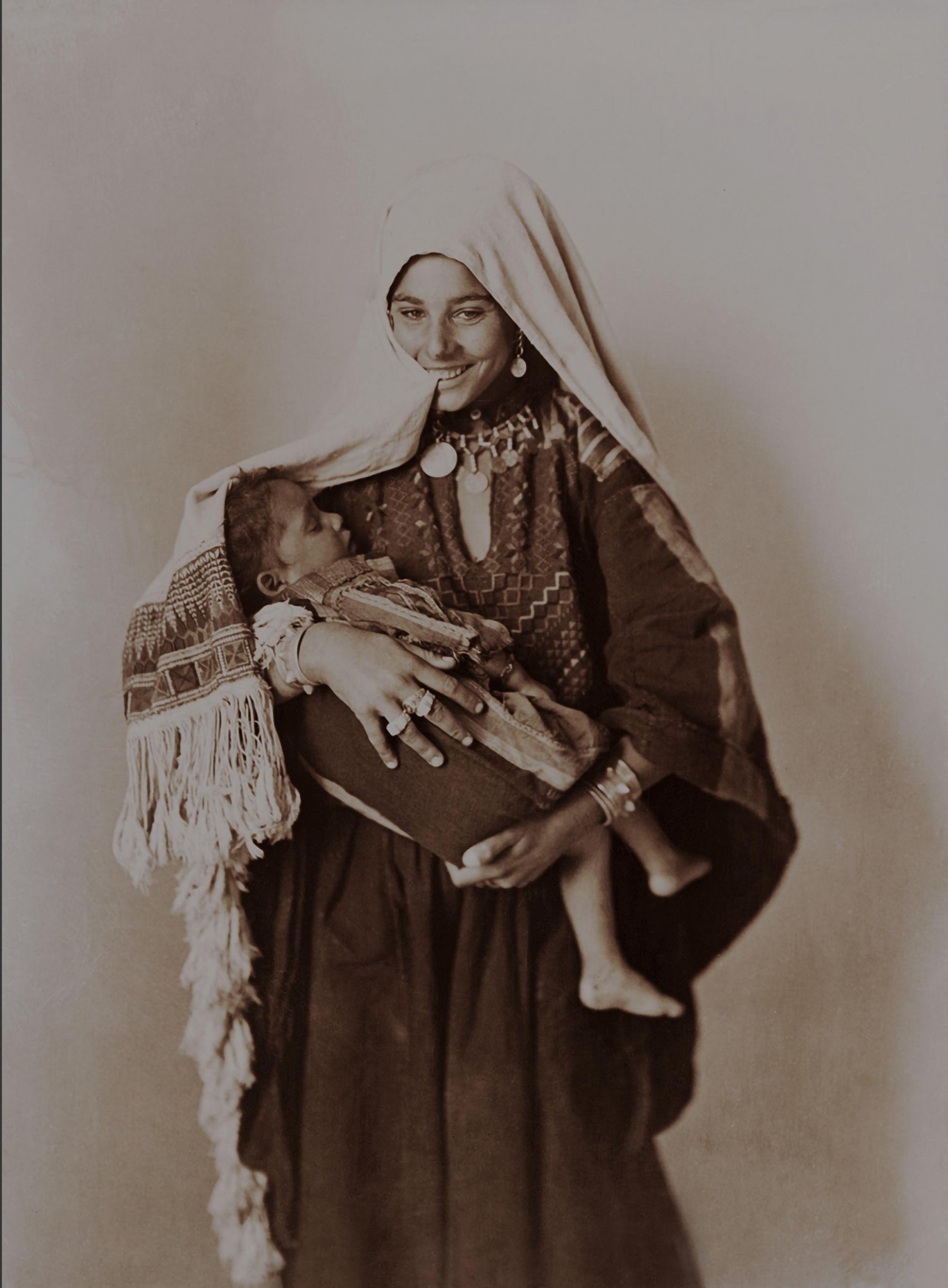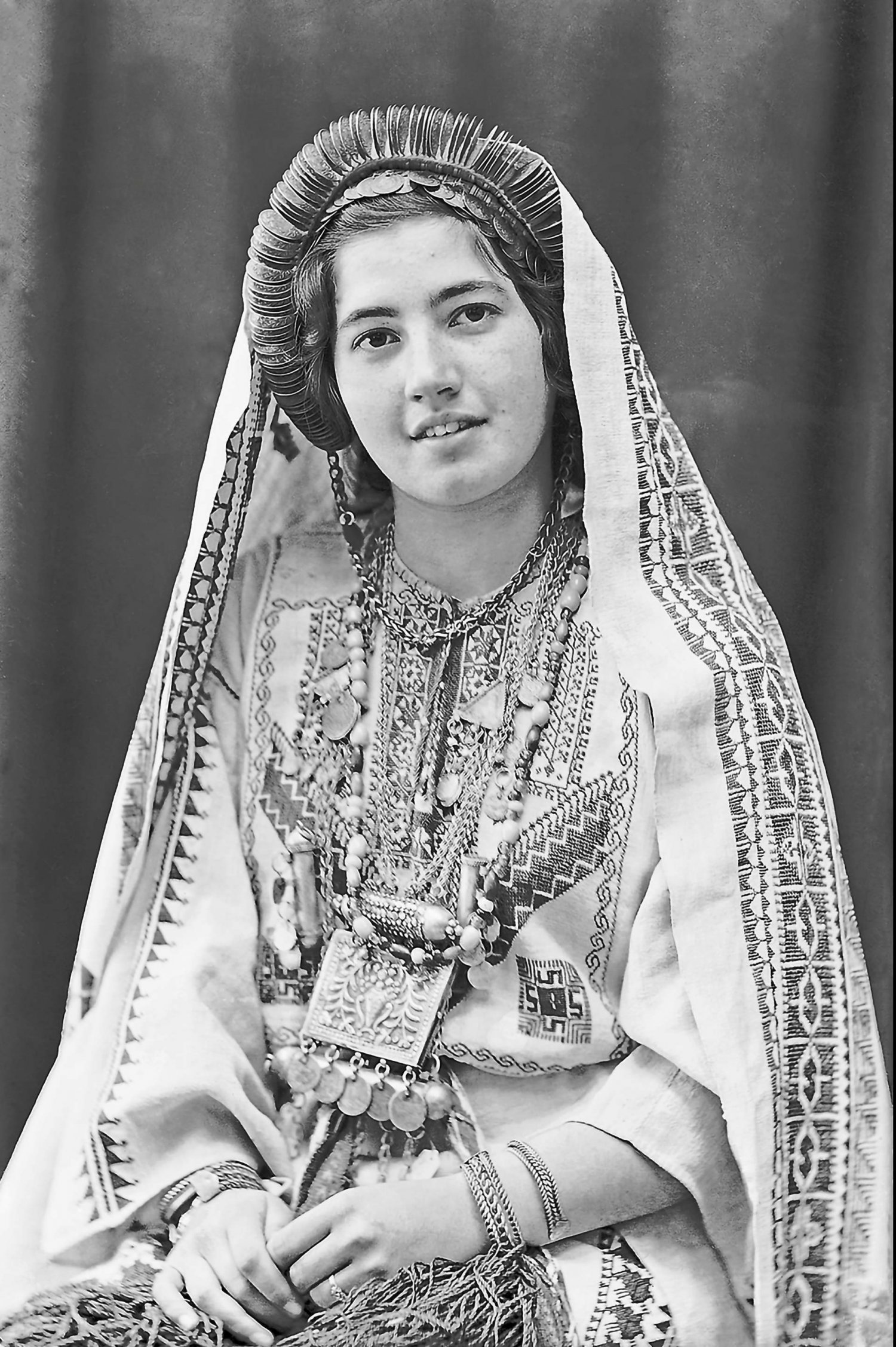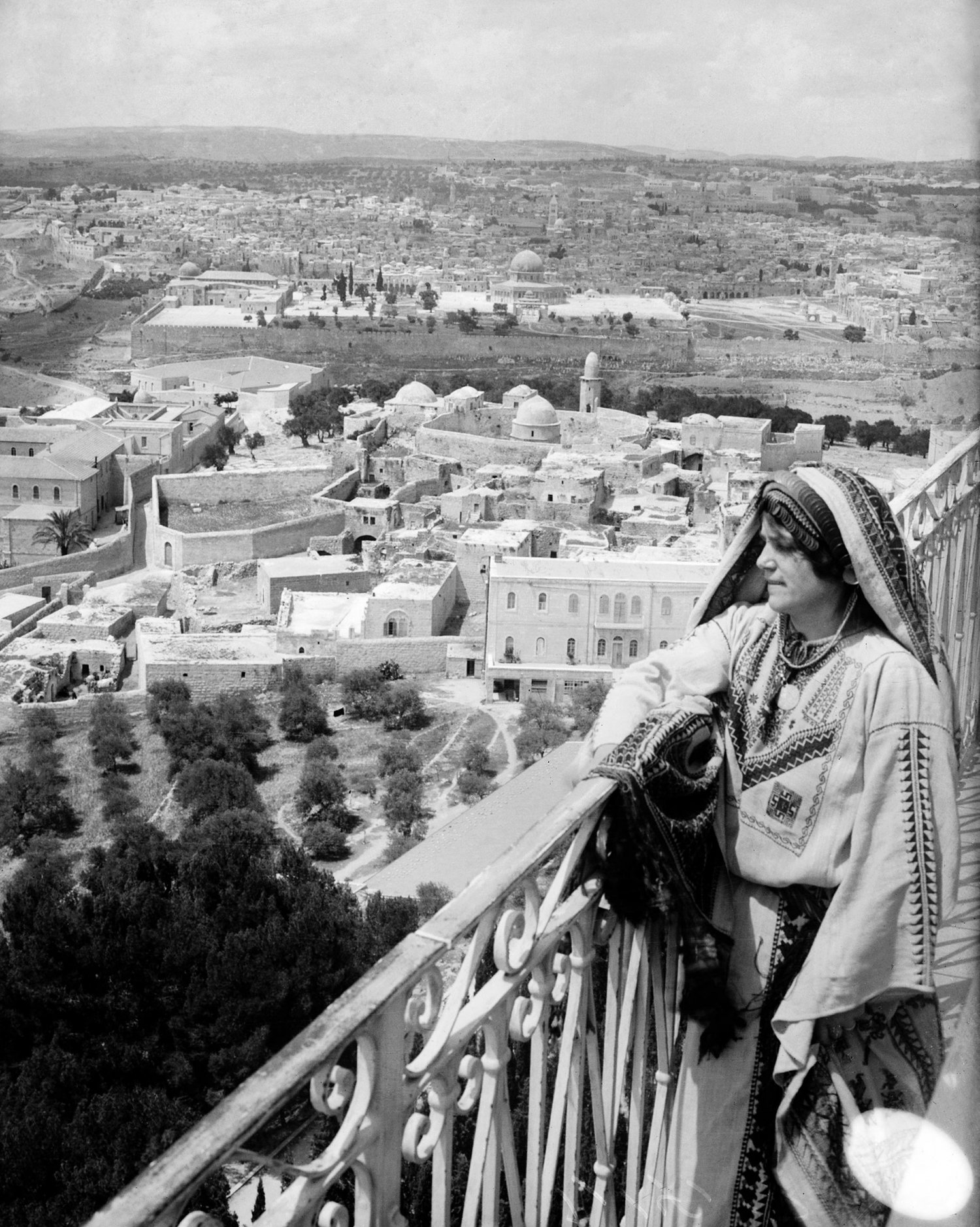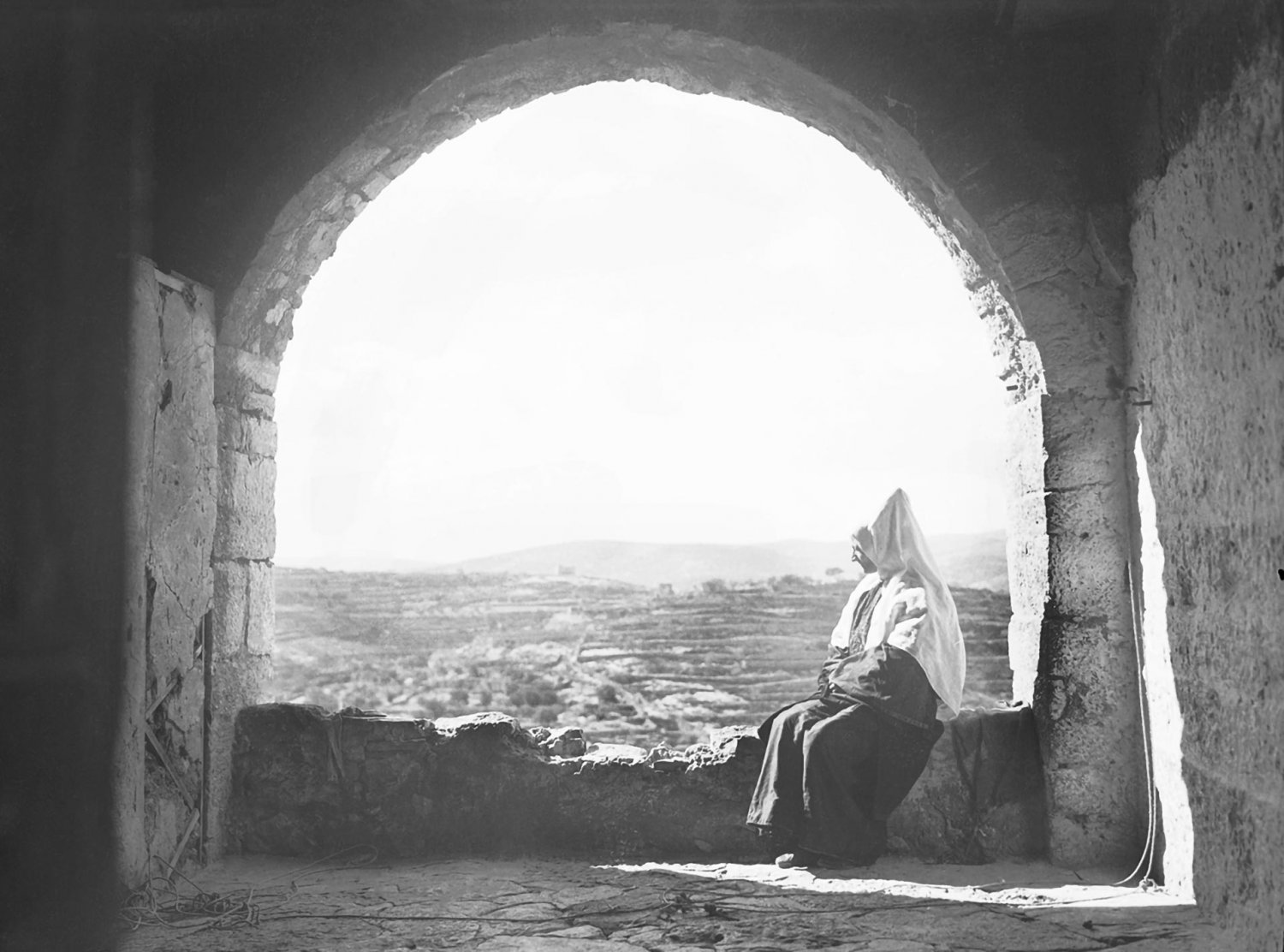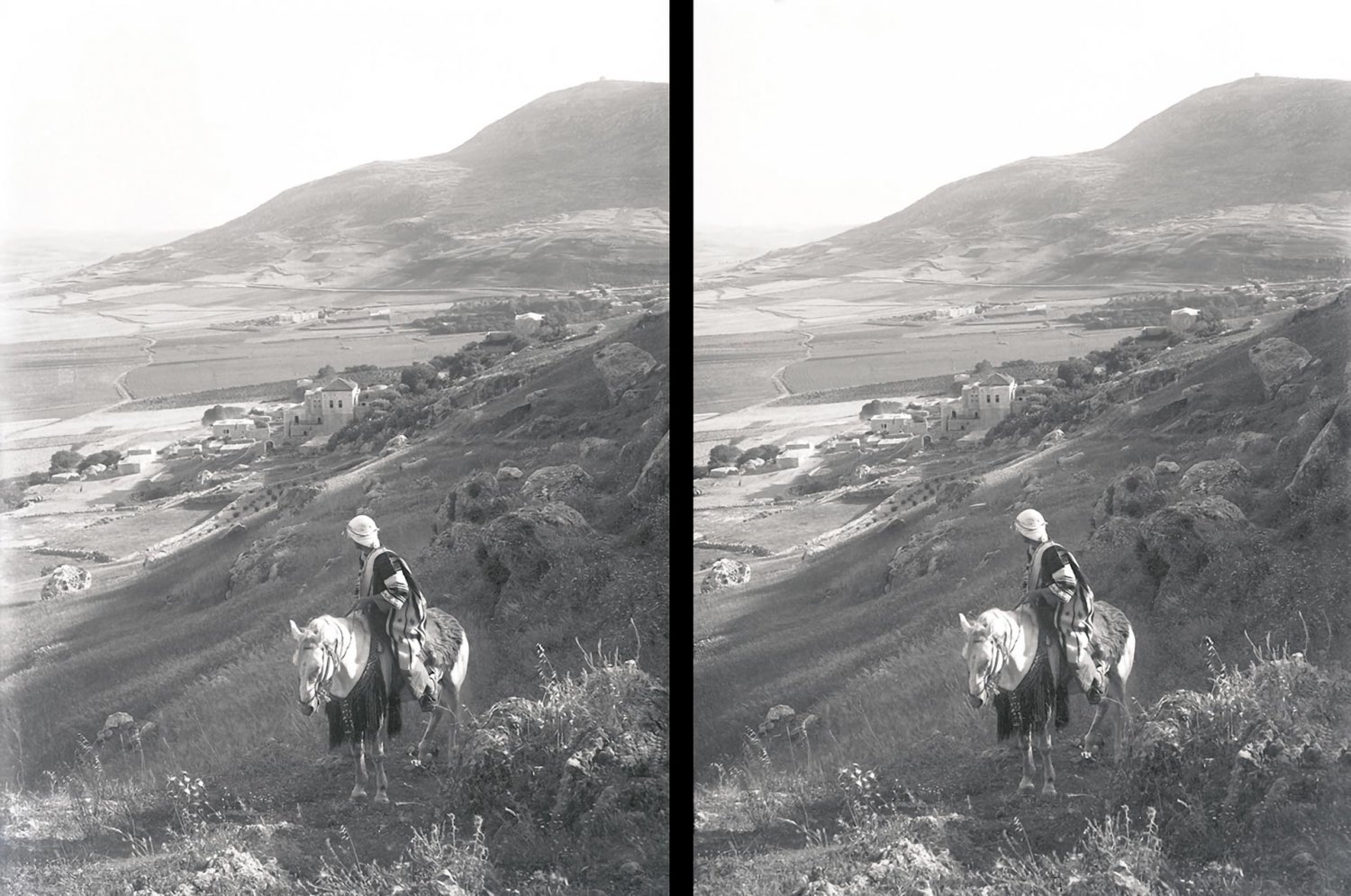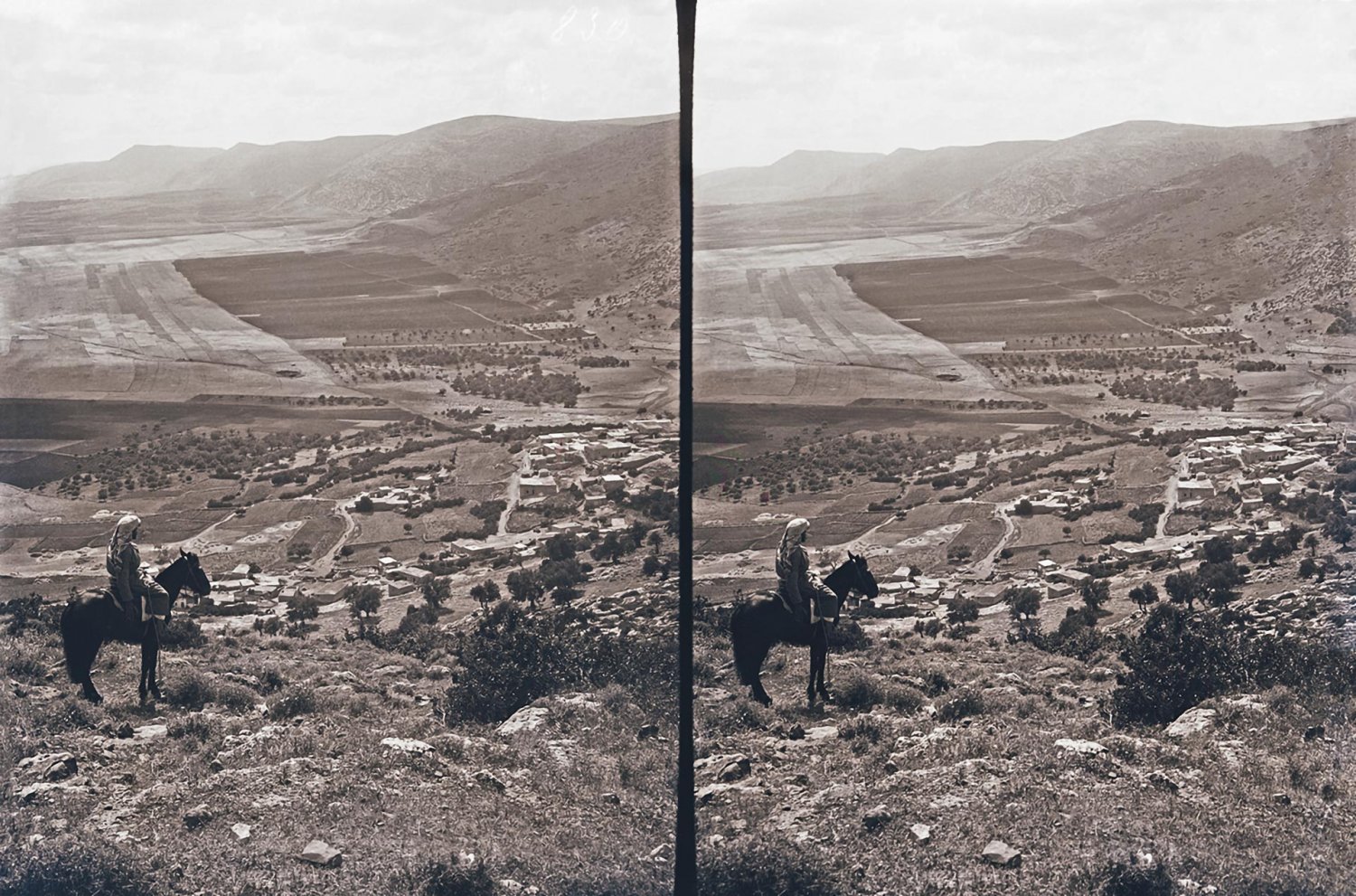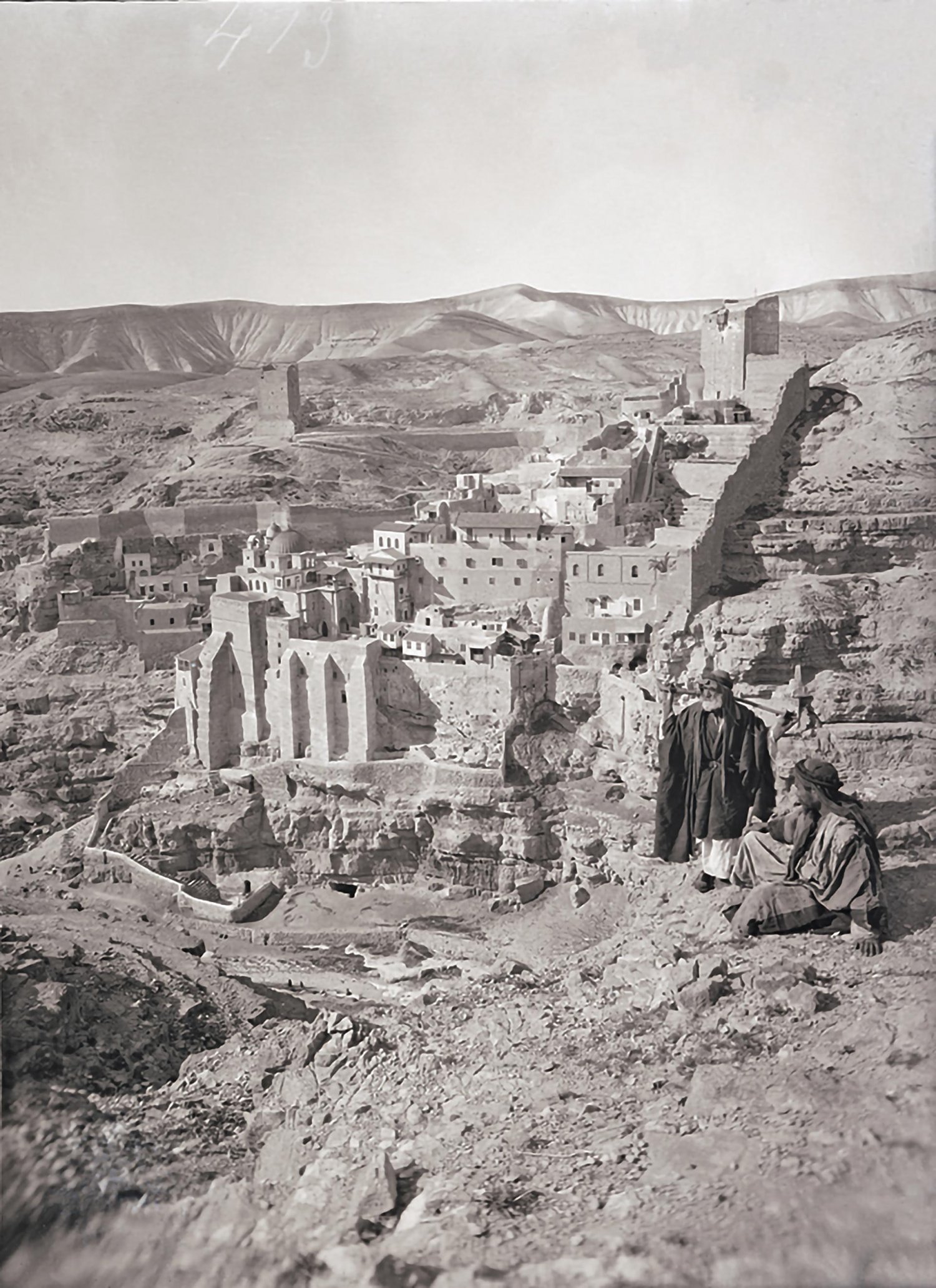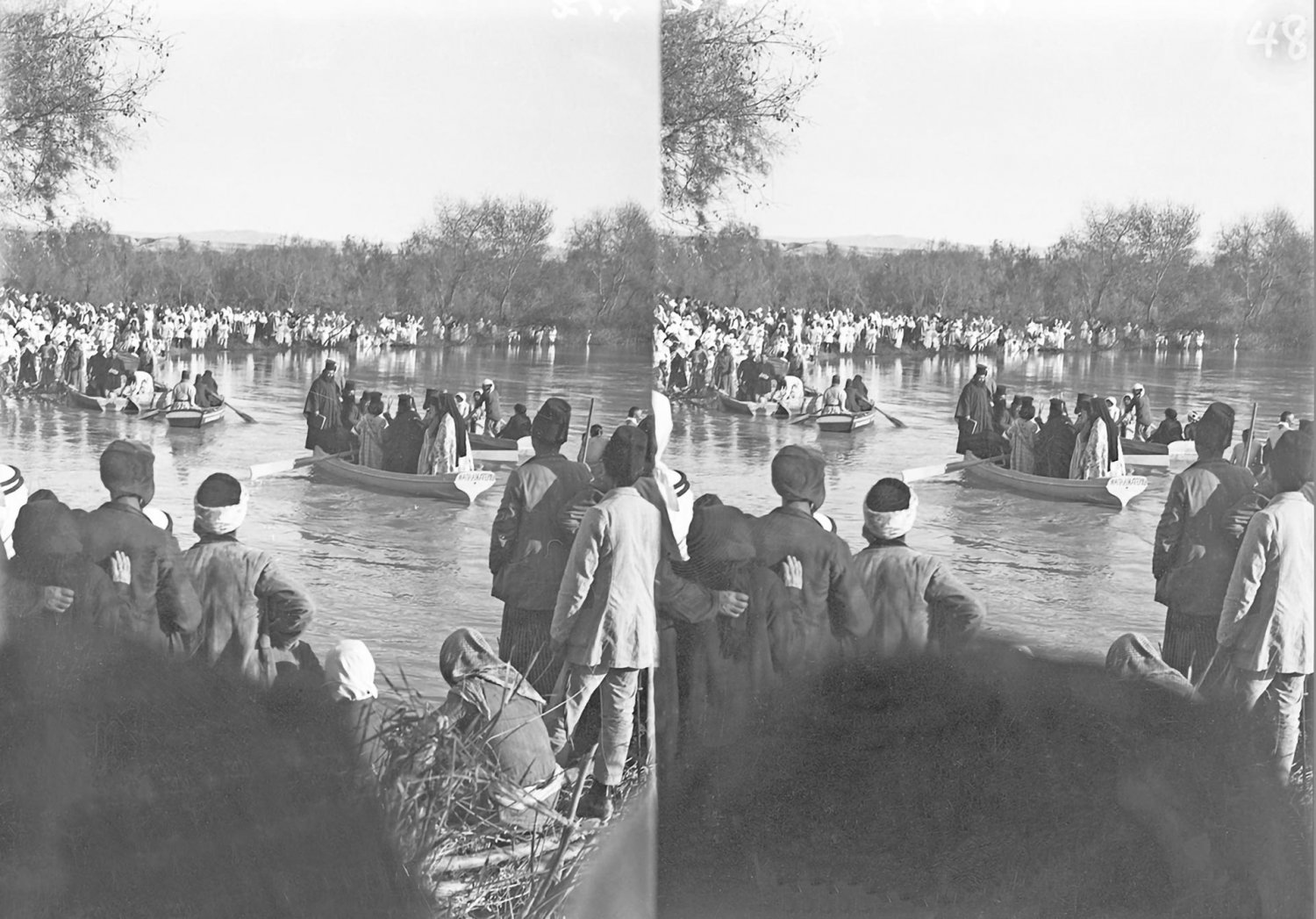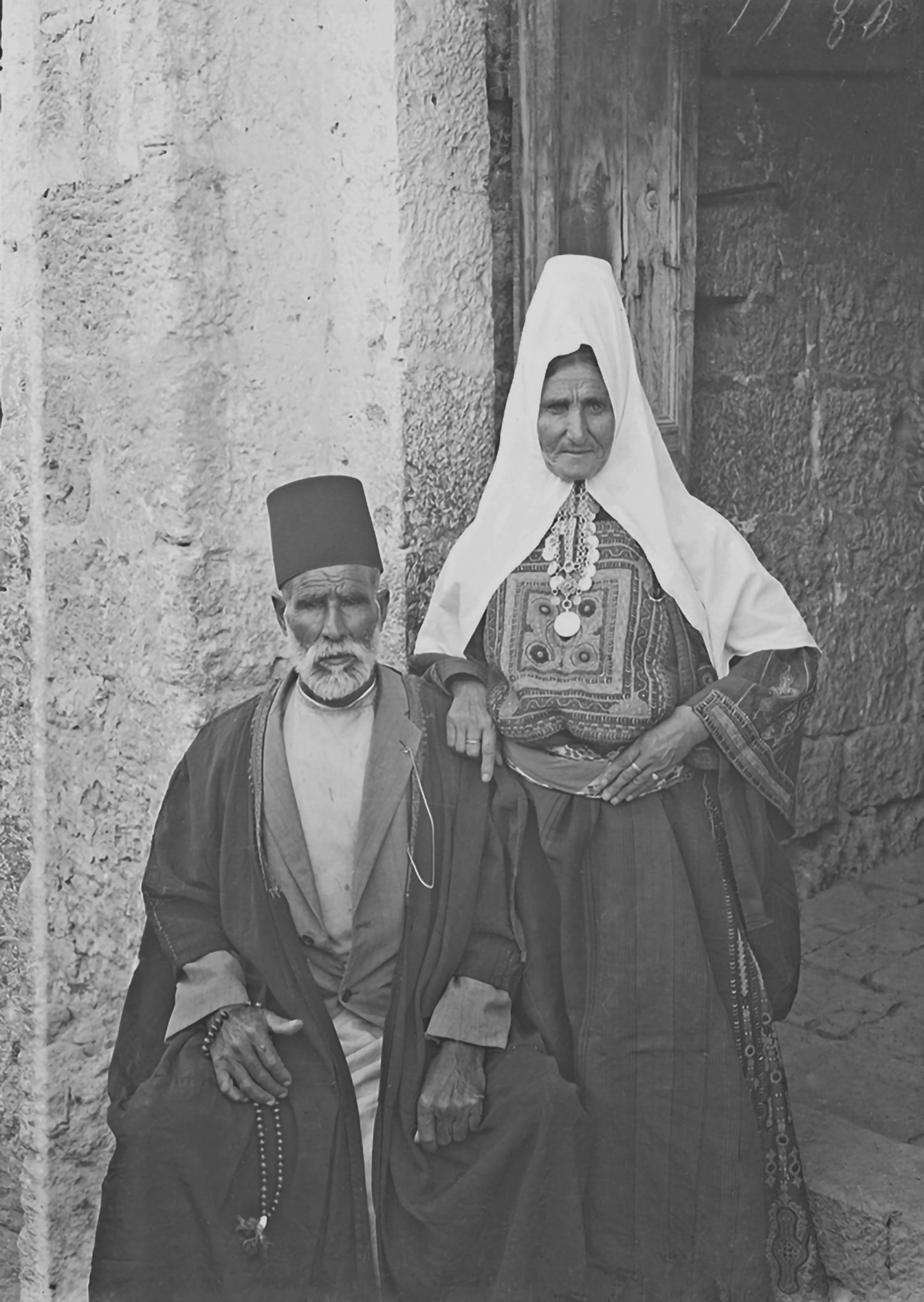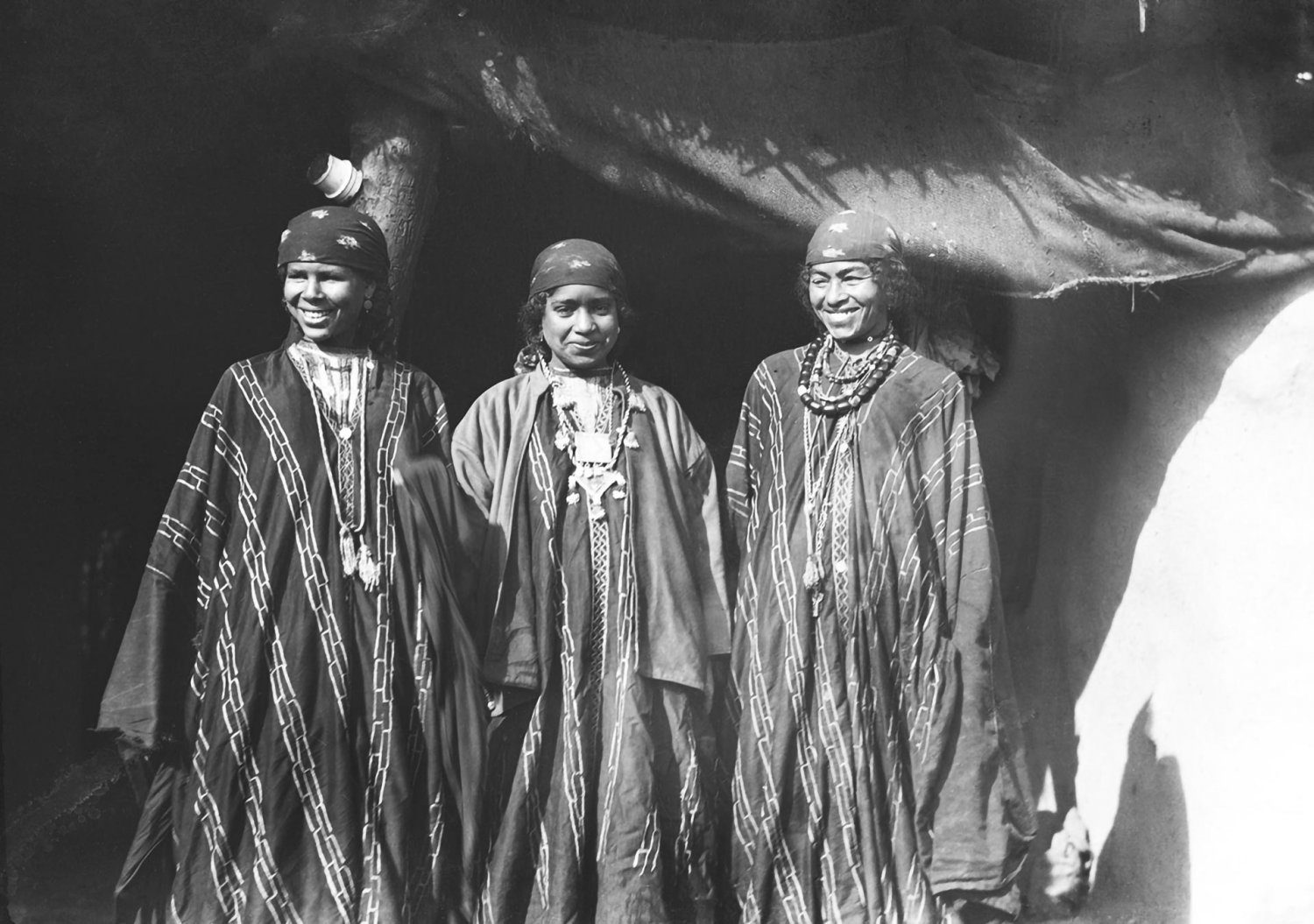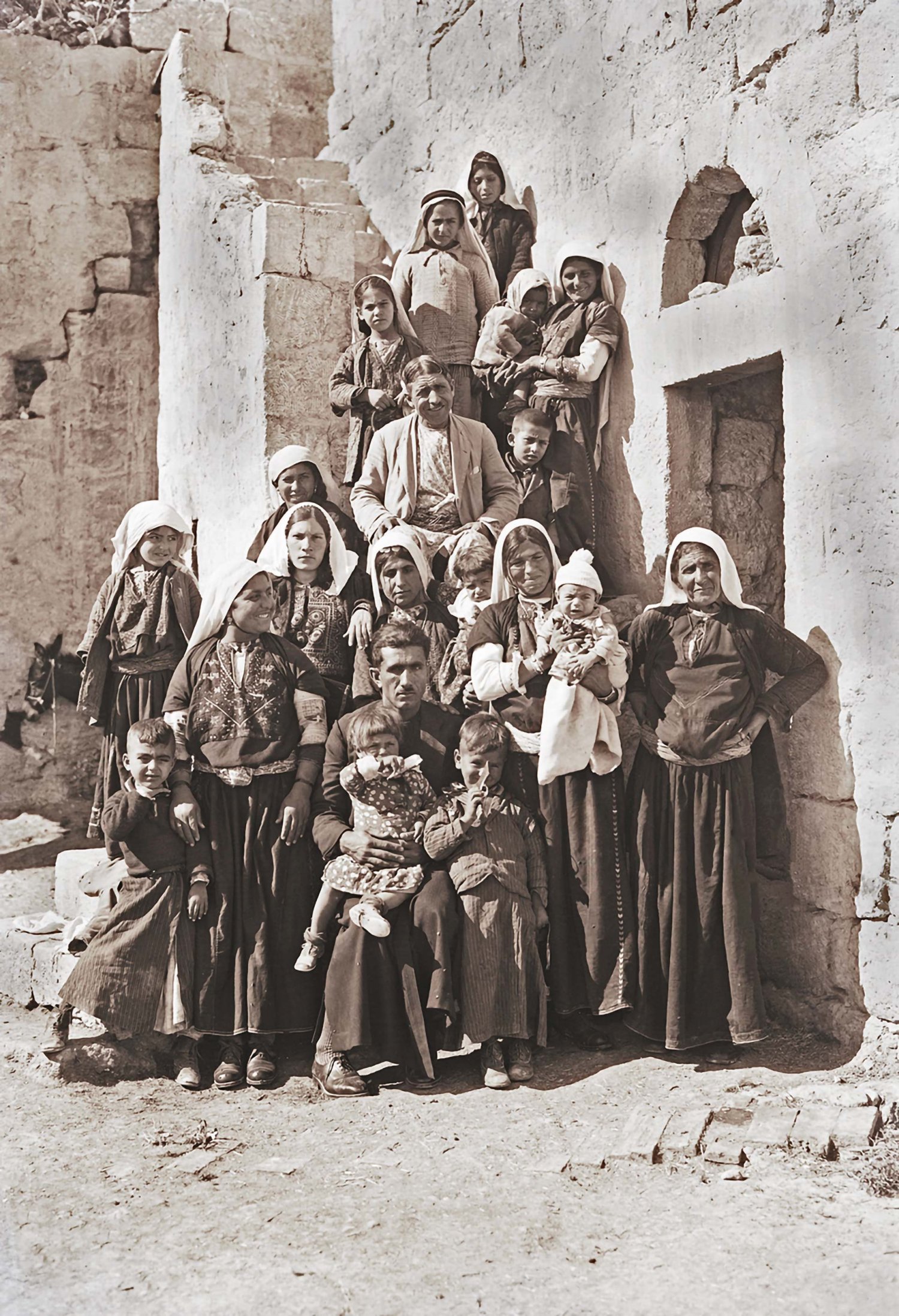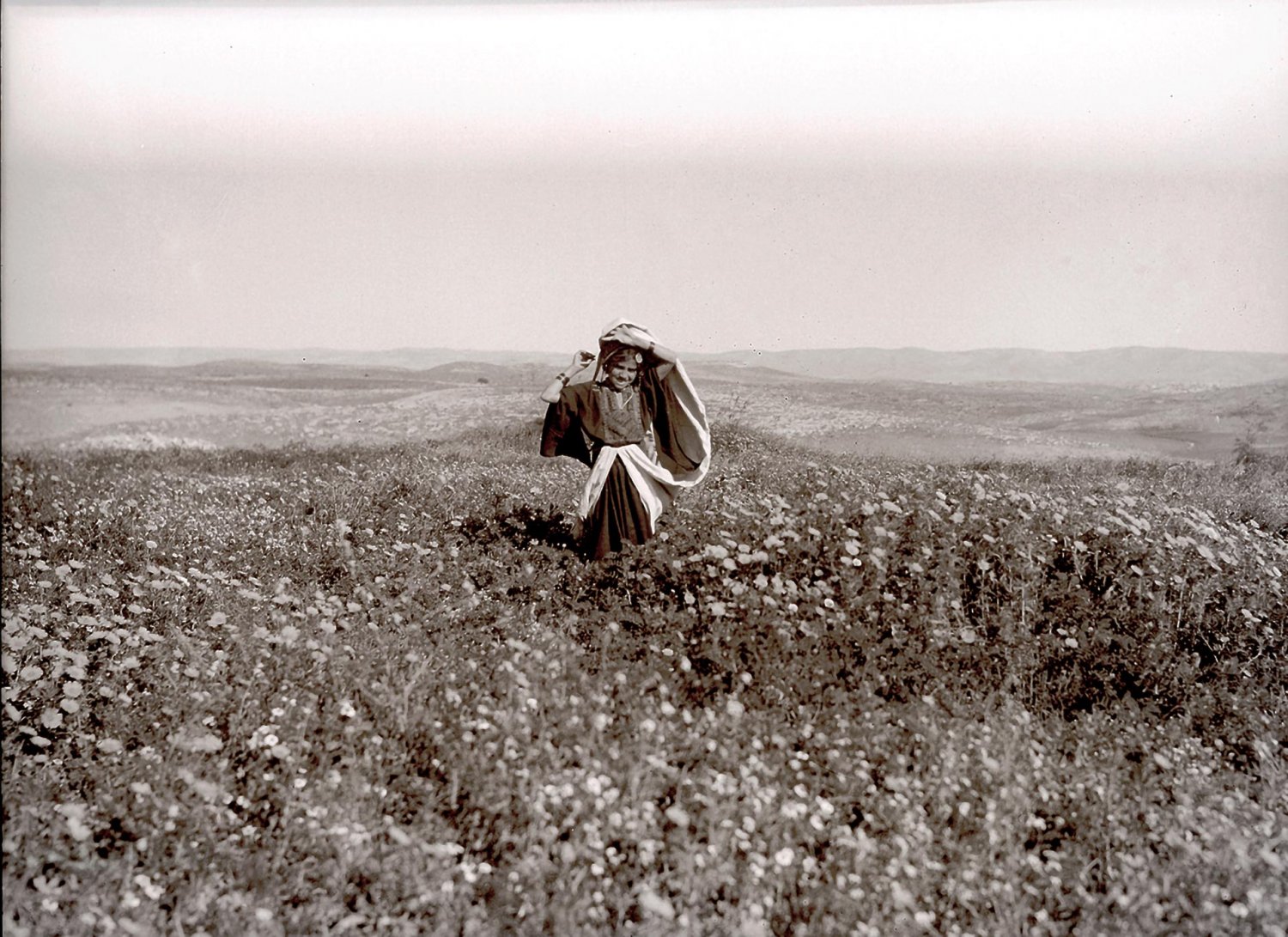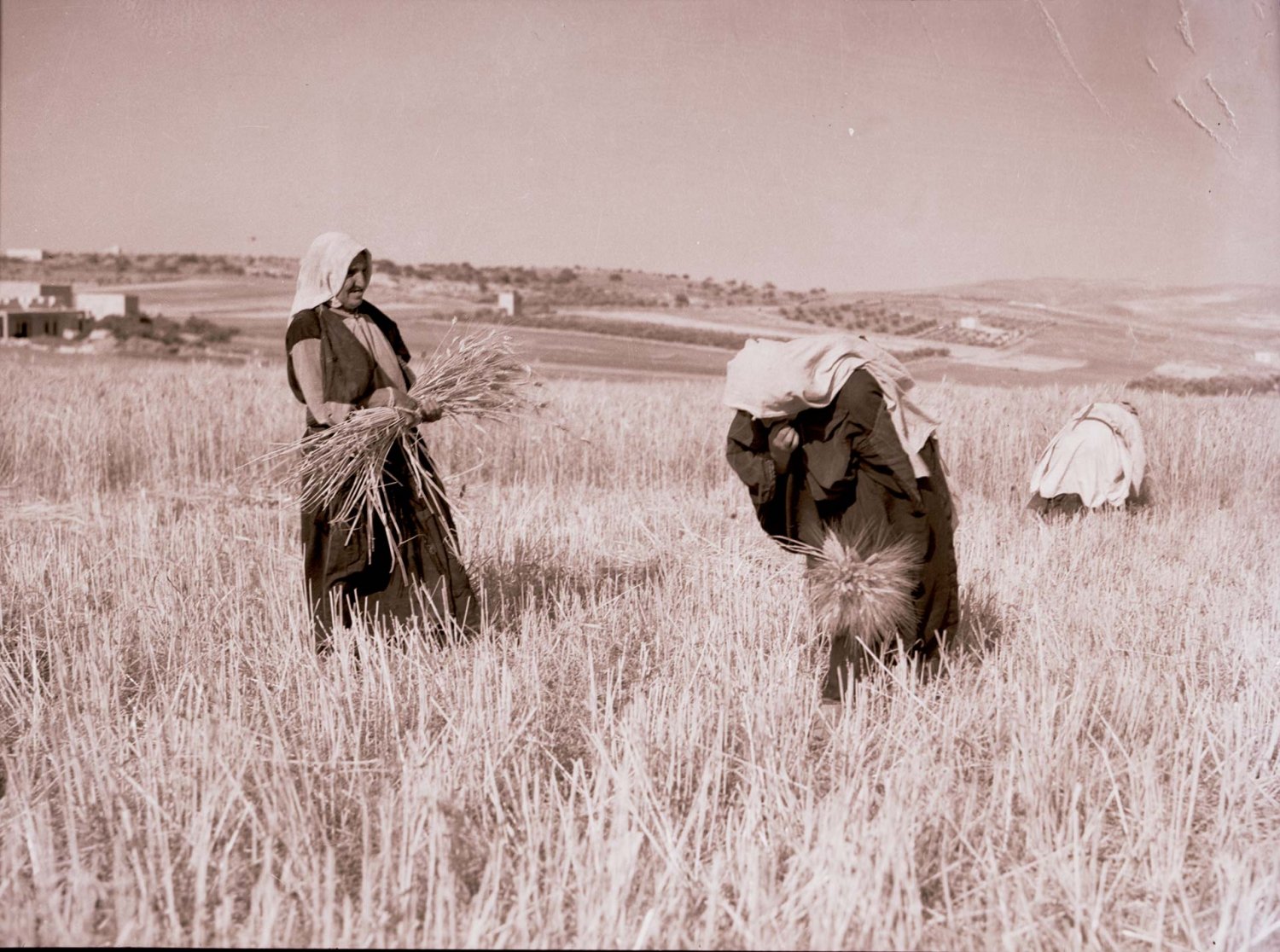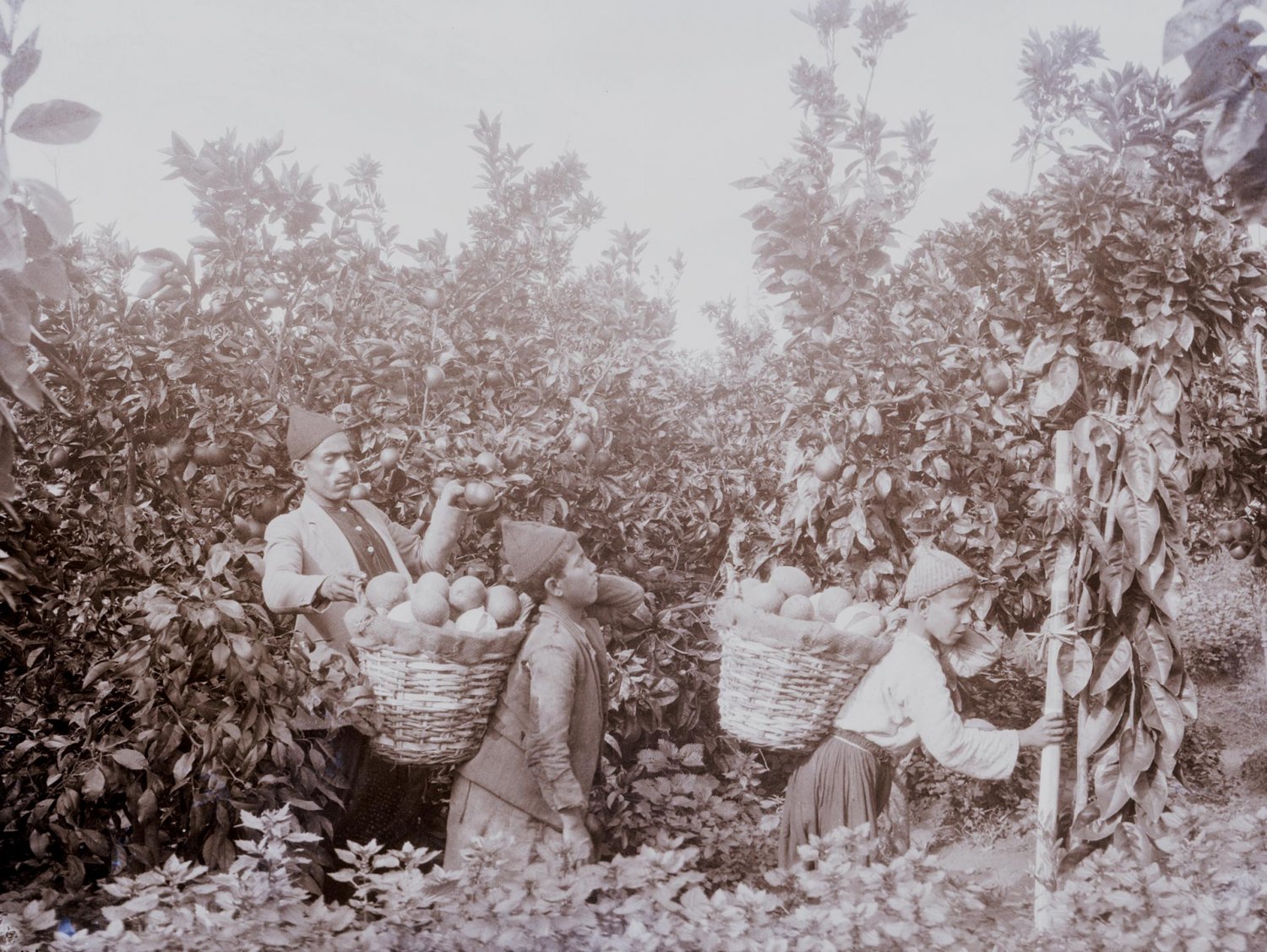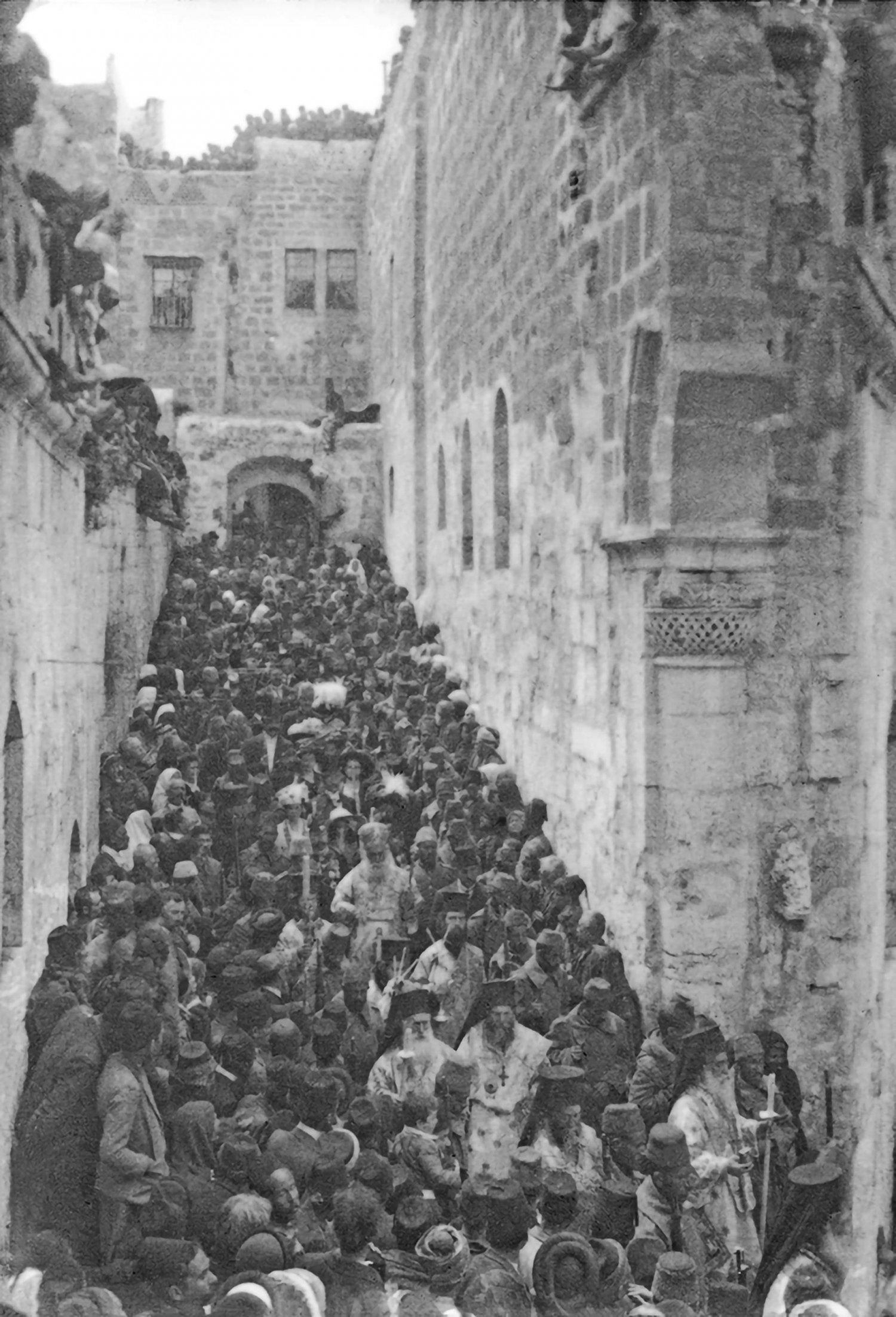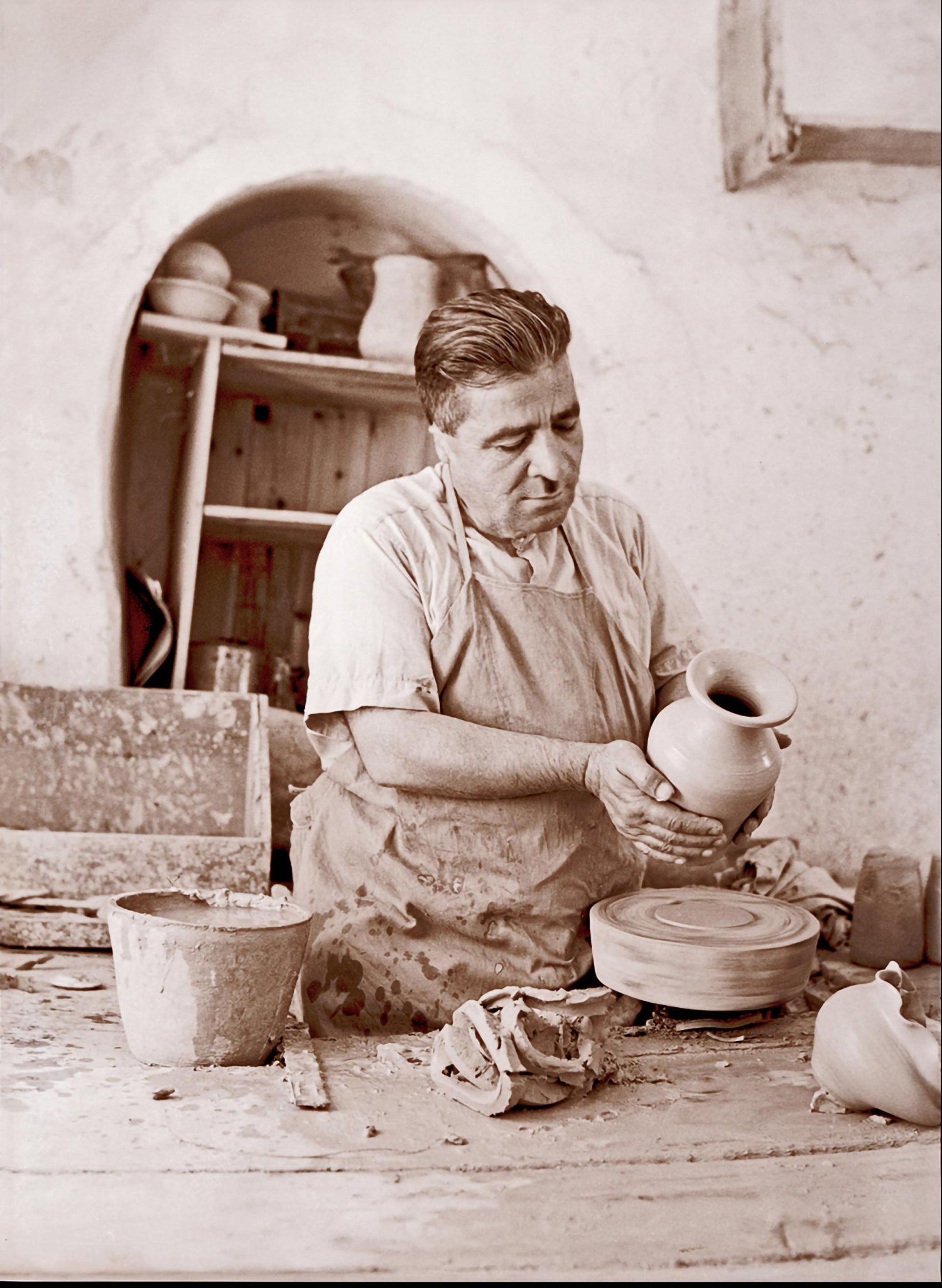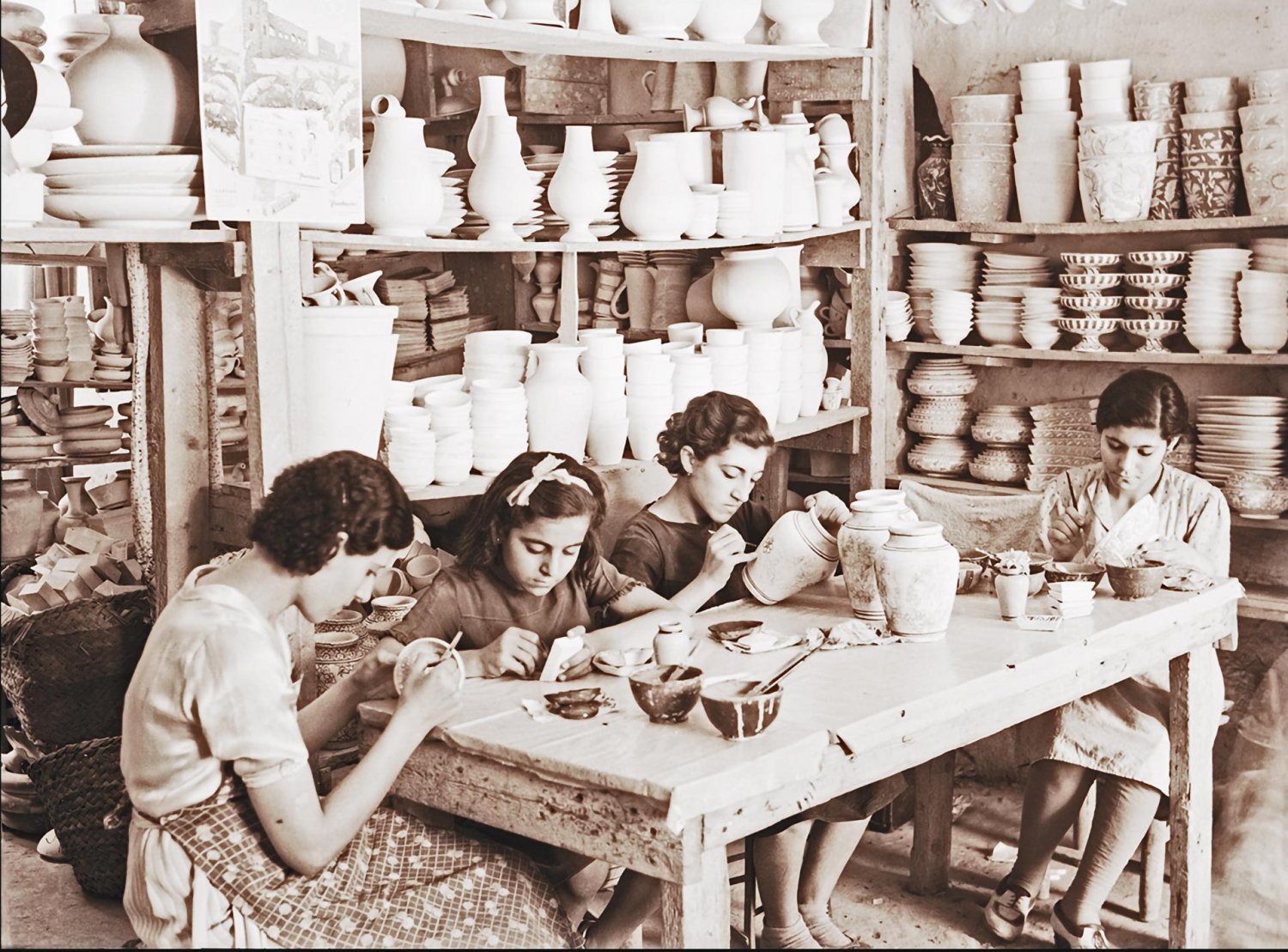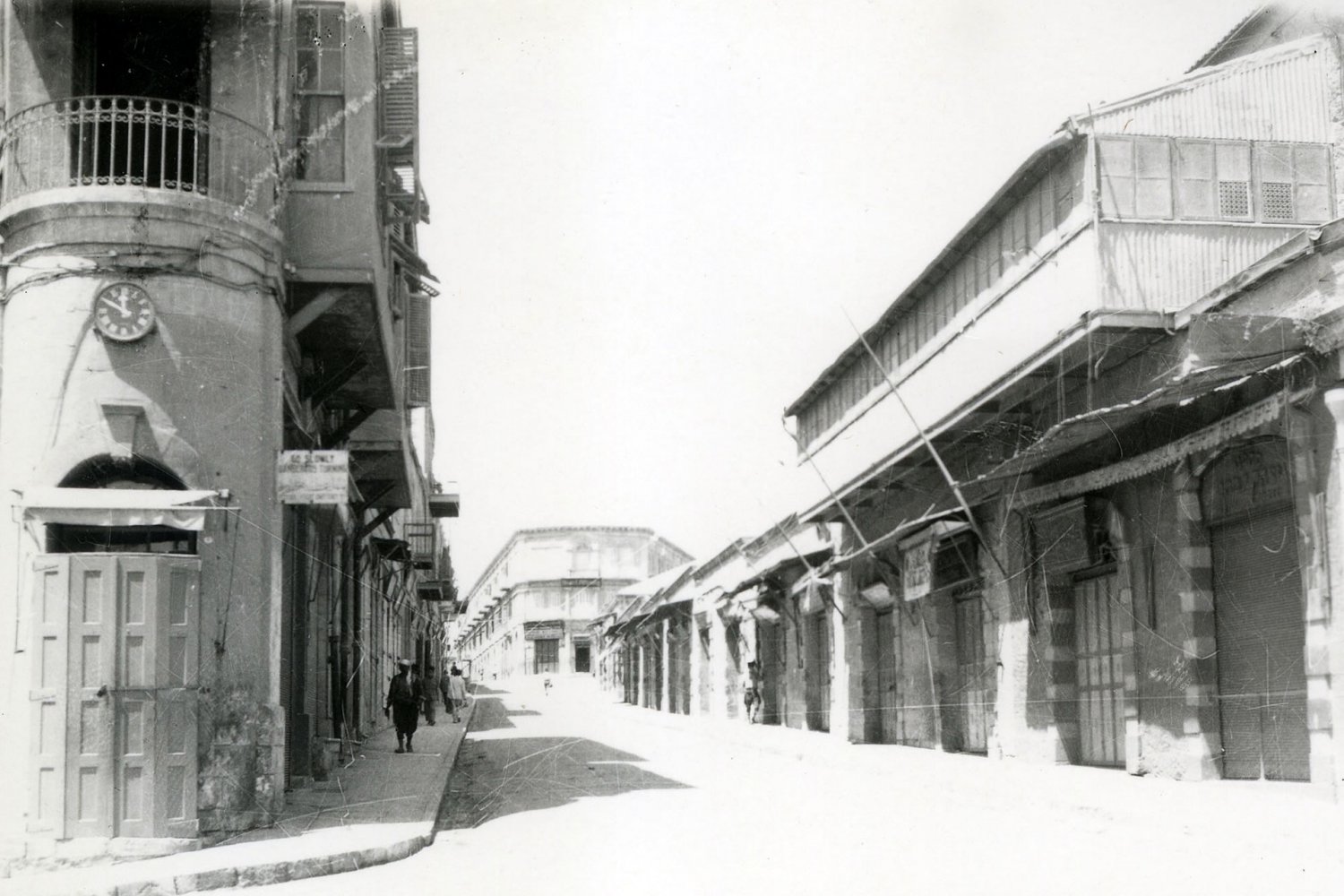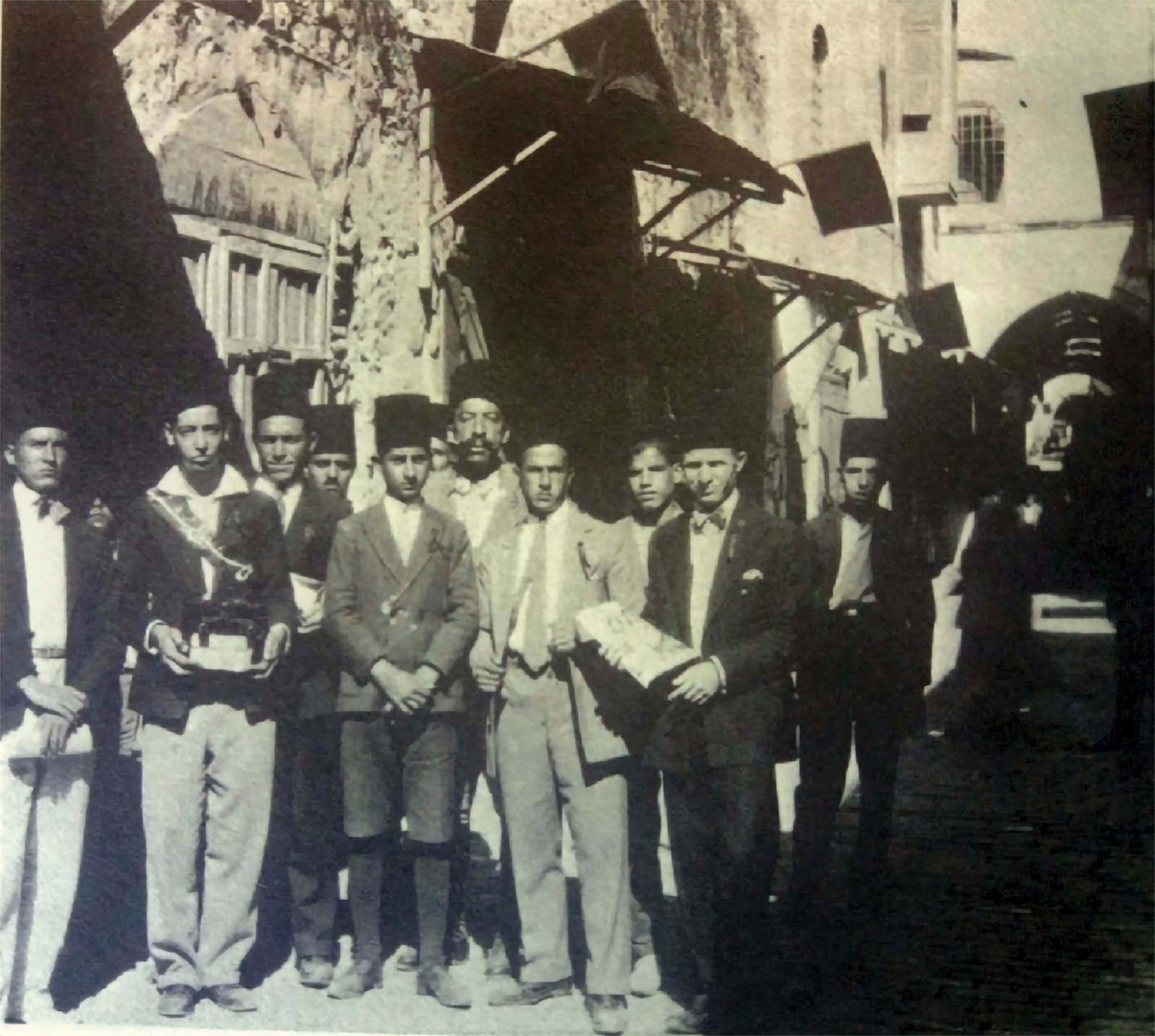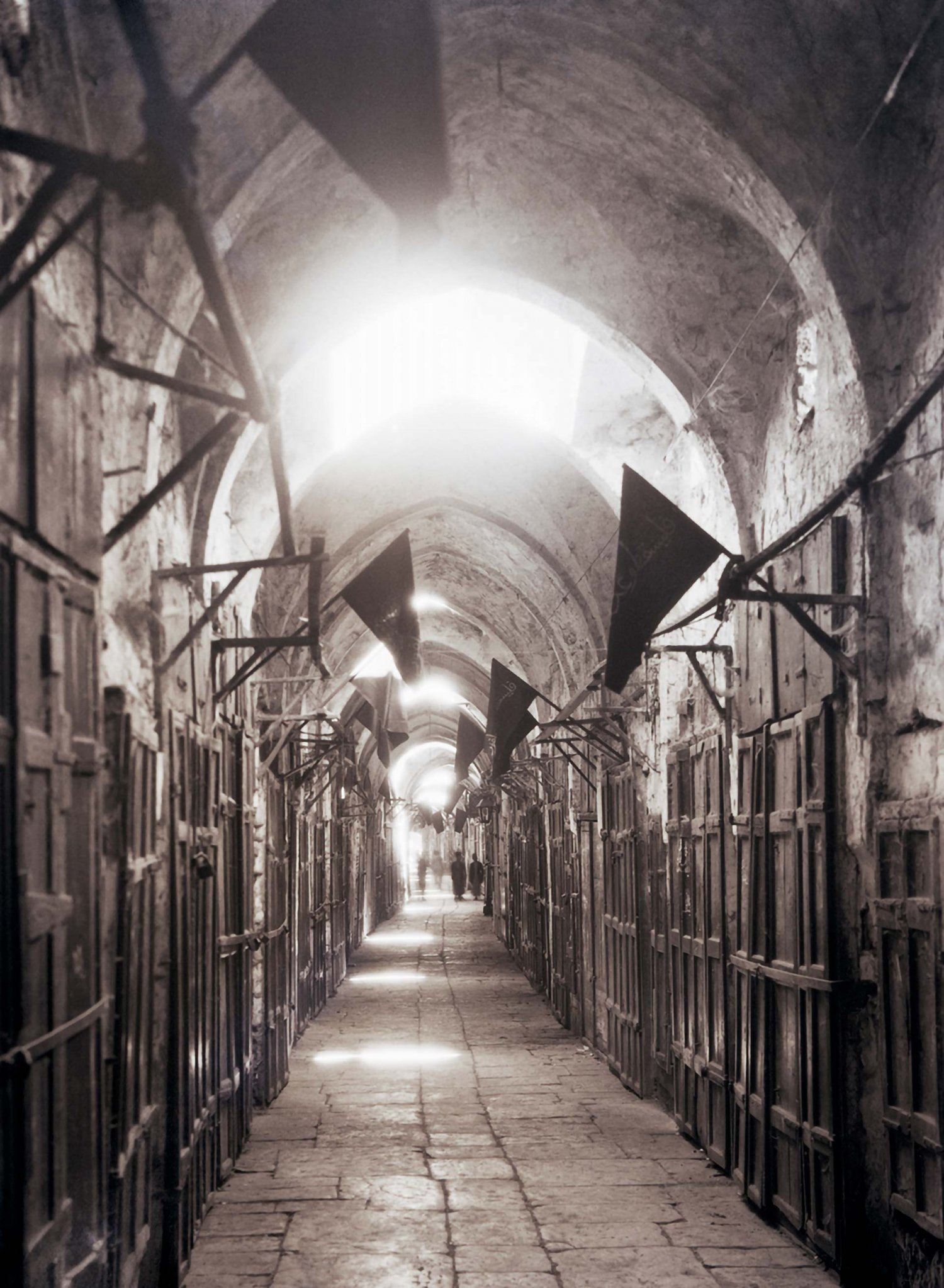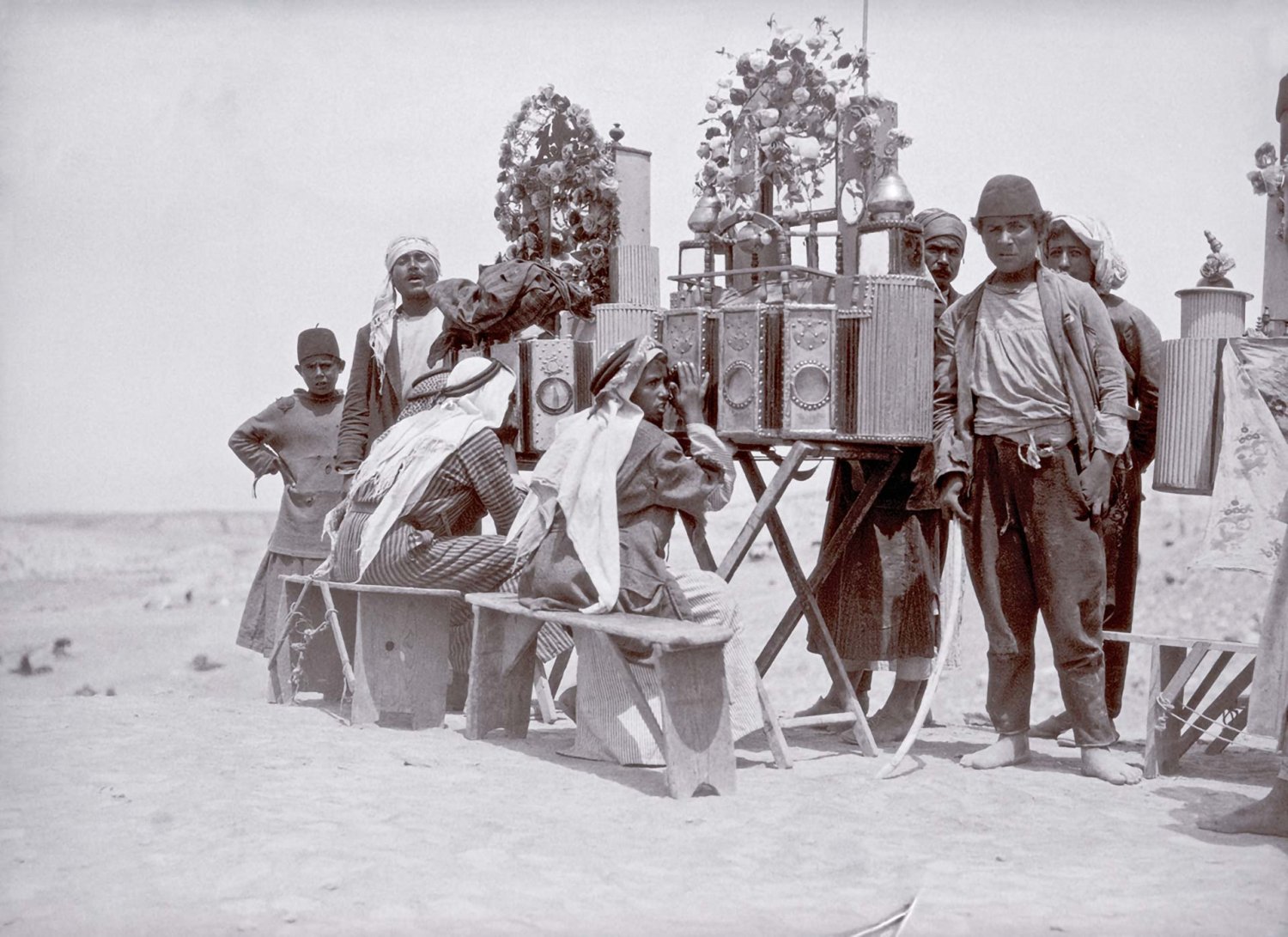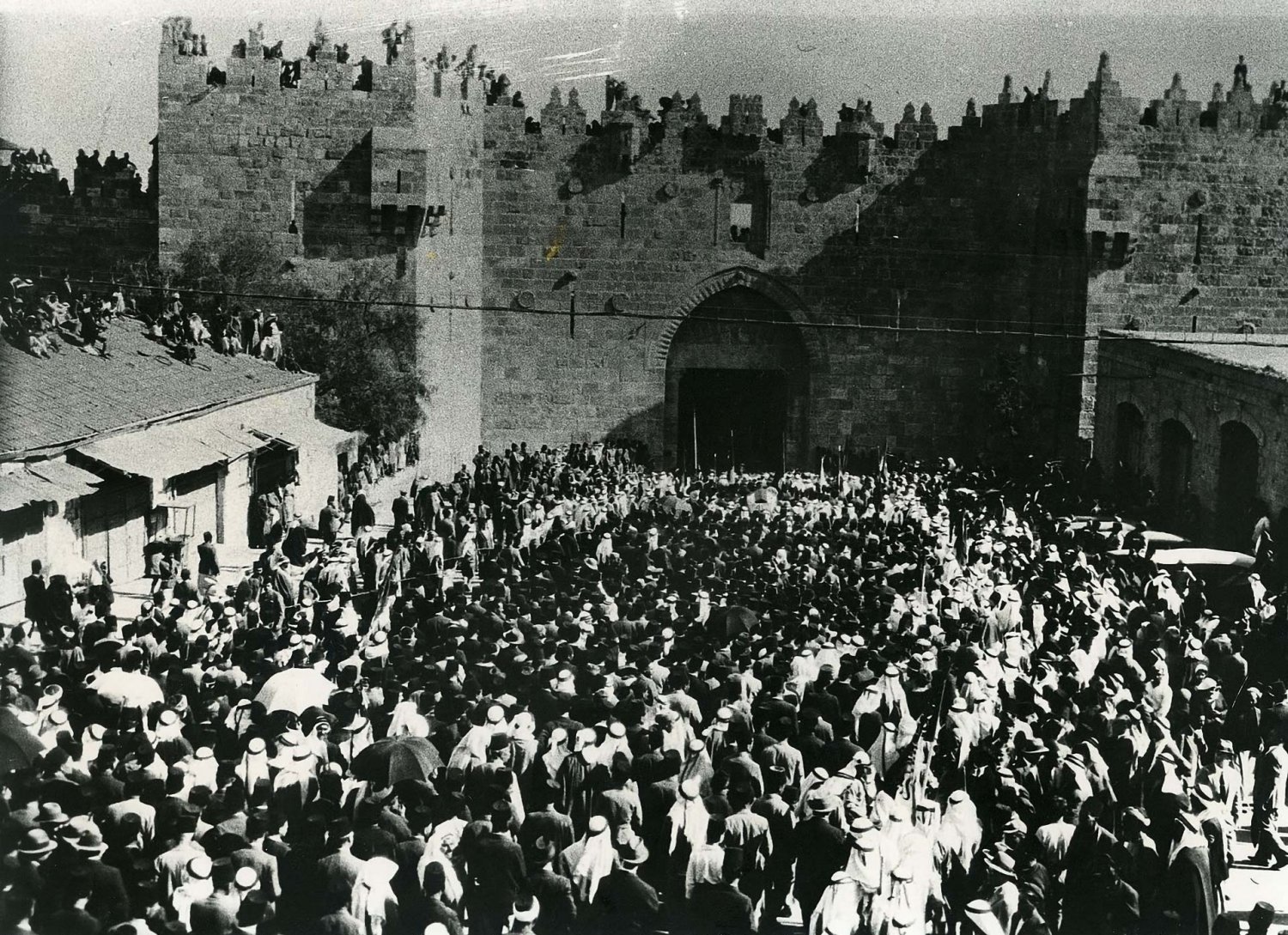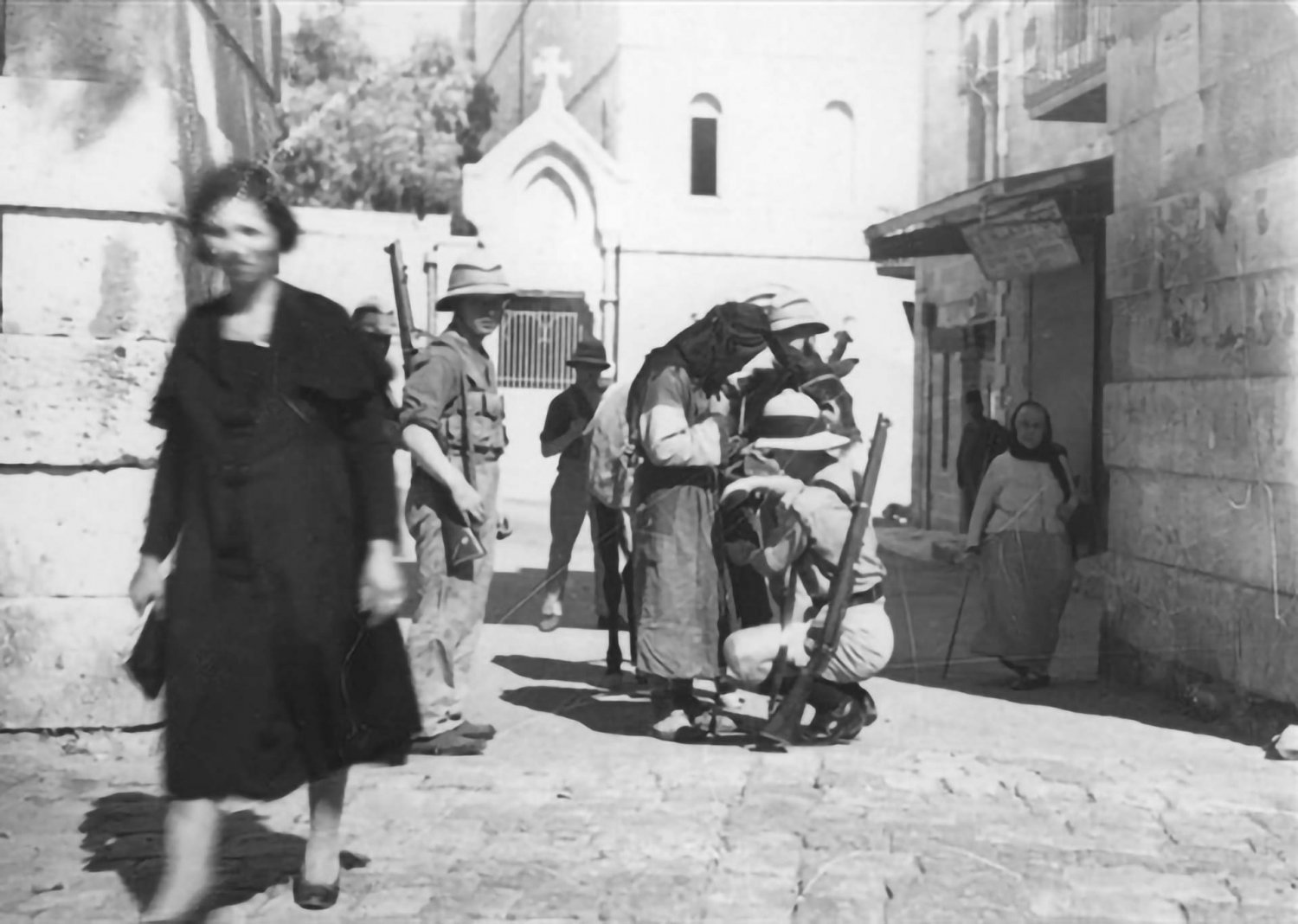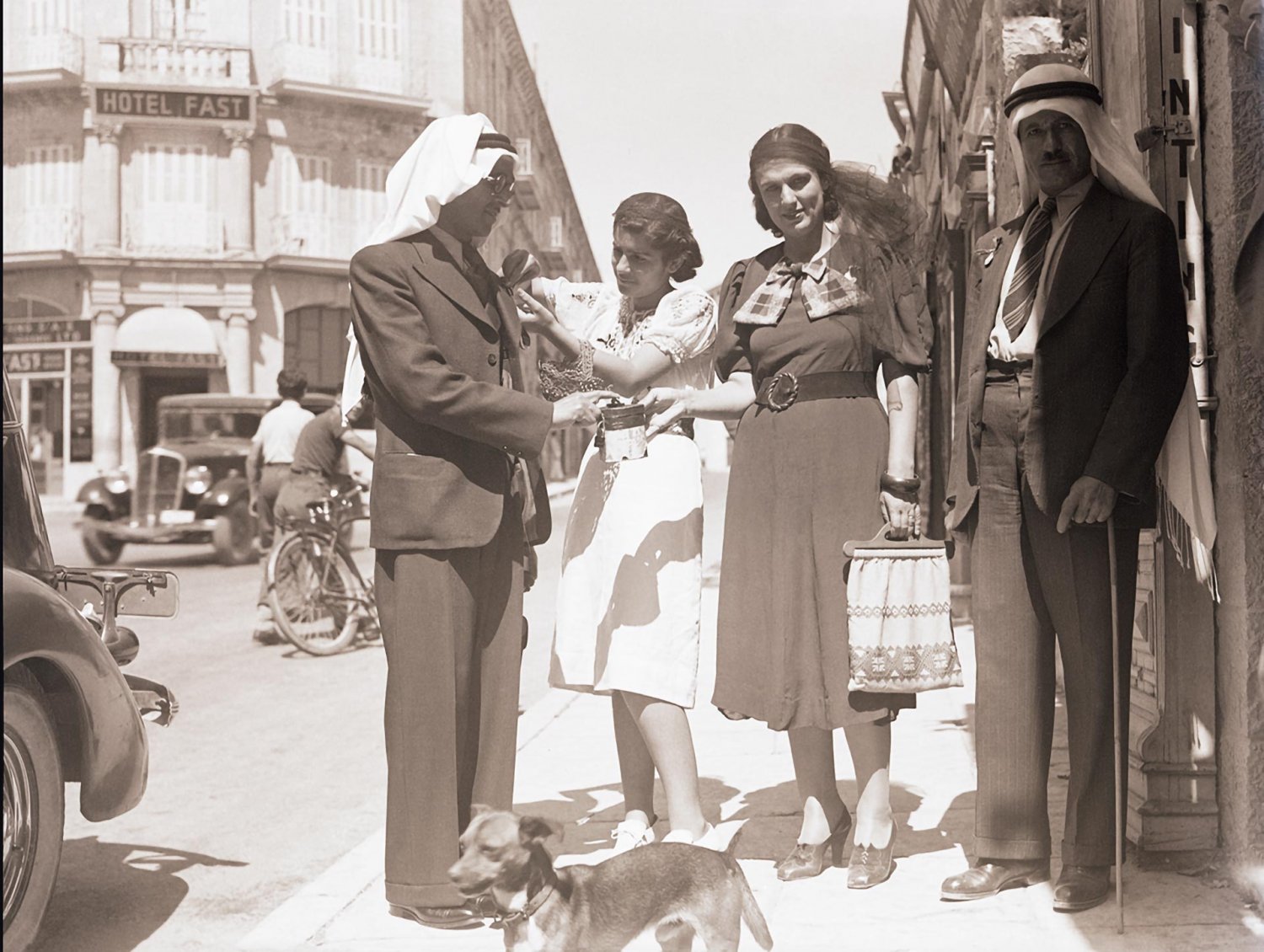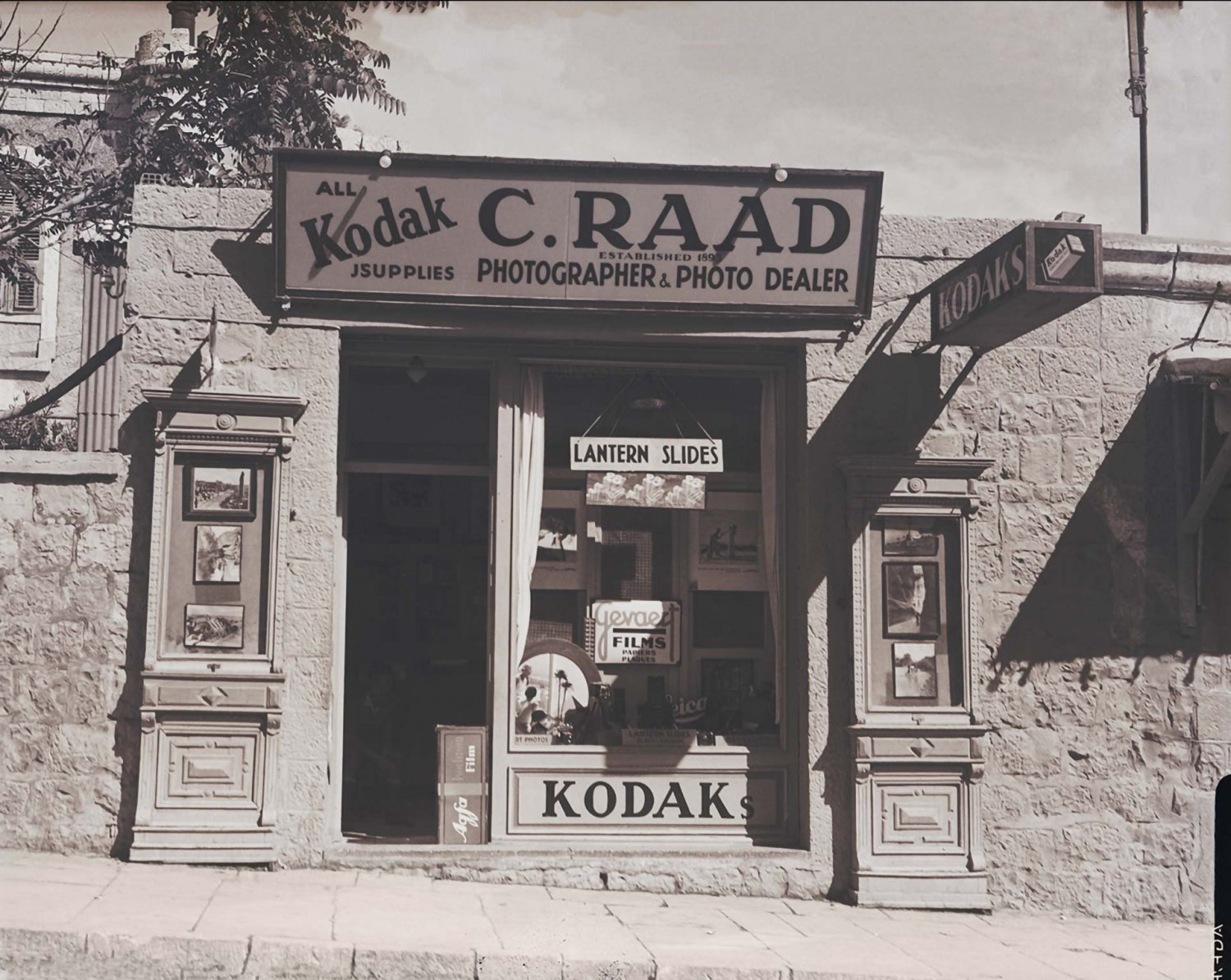Khalil Raad stands as an iconic photographer in Palestinian history, not only for his mastery of photography but also for his commitment to capturing Palestinian daily life. His photographs present a vivid portrait of daily life before and after the violent events of the Nakba.
Raad’s artistic journey started under the guidance of Garabed Krikorian, an Armenian photographer who laid the foundation for Raad’s career. In 1895, after photographing independently for four years, Raad established his own photography studio on Jerusalem’s Jaffa Road, sparking a ferocious rivalry with his former mentor Krikorian. Later the two established an amicable relationship, brought together through the marriage of Krikorian’s son and Raad’s niece. As part of the resolution to the competition, they focused on different subjects: Krikorian on studio portraits and Raad on street scenes and the public realm.
The Nakba forced Raad and his family to leave Jerusalem. He might have lost all of his negatives, but an Italian friend who valued his work took it upon himself to retrieve Raad’s films from his studio before it was destroyed in 1948. Raad’s photographs continue to provide a reminder of Palestine’s rich heritage, capturing the spirit of a people determined to survive and thrive.
Raad’s photographs offer a historical view, capturing moments that showcase the strength of Palestinian cultural identity. He documented the local inhabitants, architectural marvels, and landscapes and countered prevailing colonial and Zionist narratives that Palestine was a “land without people.” Raad’s photographs show Palestinian life in all its complexity.
Raad’s photographs capture pivotal moments in Palestinian history, navigating through the years of the Ottoman era and World War I. He became the official photographer for the Ottoman army in Jerusalem during World War I, a lesser known aspect of his work and one that he may have chosen to obscure when the British replaced the Ottomans in Palestine.1 He also documented the takeover of Jerusalem by the British and over the years, public manifestations of popular resistance against their rule, helping shed light on a critical period of Jerusalem’s (and Palestine’s) history. His photographs depict the struggles and triumphs of ordinary people living in a bygone era, preserving a unique and vital perspective on the evolving landscape of Palestinian existence as well as Jerusalem life.
Despite the general admiration for Raad’s work, some have faulted his portrayal of Palestinian Arabs reproduced on postcards for tourists, which perhaps unwittingly aided Zionist propaganda; critics have claimed that his images of Palestinian lives as unchanging could be used to confirm colonial and Orientalist stereotypes.2 He generally avoided photographing moments of Arab-Jewish conflict except for a few political rallies, another cause for criticism. Others, however, argue that his work does the exact opposite. At an IPS (Institute for Palestine Studies)-hosted exhibit of his photos, the introducer praised Raad’s photography for challenging the Zionist narrative, reflecting that “it vividly portrays pre-1948 Palestine as a prosperous Arab society that reveals the intentional destruction, displacement, and ongoing attempts to erase its history and identity by the Zionist invasion.”3
This photo album presents a sampling of Raad’s important works, all of which have been featured in Walid Khalidi’s seminal Before Their Diaspora: A Photographic History of the Palestinians, 1876–1948 (Washington, DC: Institute for Palestine Studies, 1984), which has been described by the publisher as “a visual journey into life in Palestine before its partition in 1948.”
A Note on Photo Sources, Captions, and Dates
Photo captions in the album are taken from Before Their Diaspora, with the book page number so noted. In most cases, the exact dates of the photos are unknown, and so for the purposes of this album, we include the date range appended to the book chapter in which each photo was presented there, in order to provide an approximate time frame.
This album offers a snapshot of life in Palestine, with a focus on Jerusalem, before the Nakba as seen through the lens of Raad: in rural areas, in traditional clothing, peasant life, religious ceremonies, political protests, and urban life.

